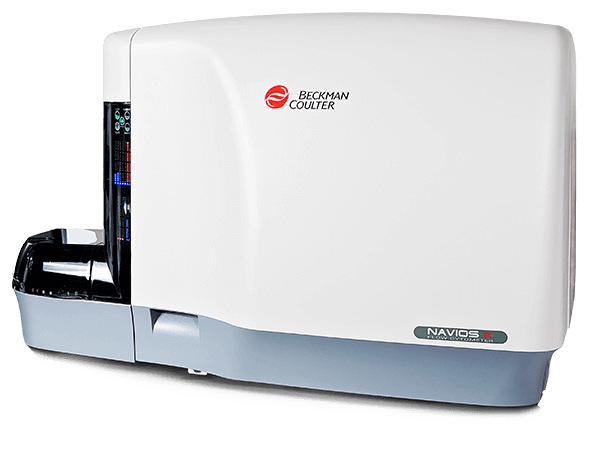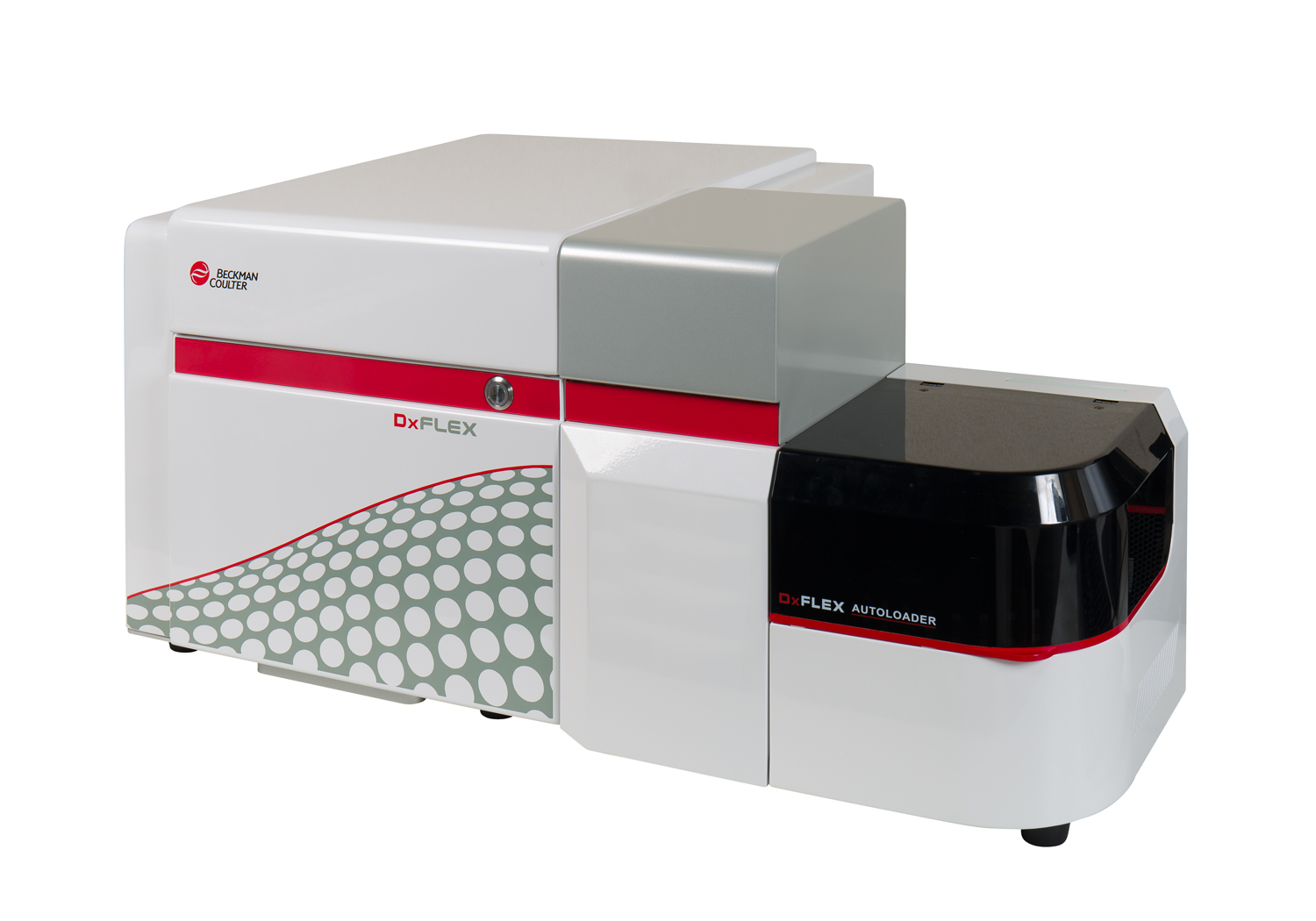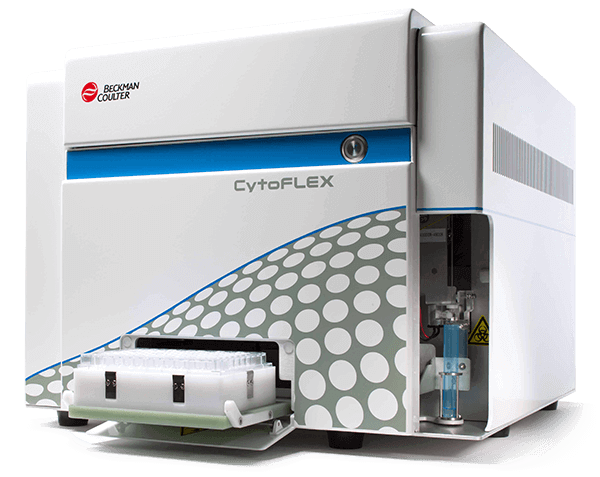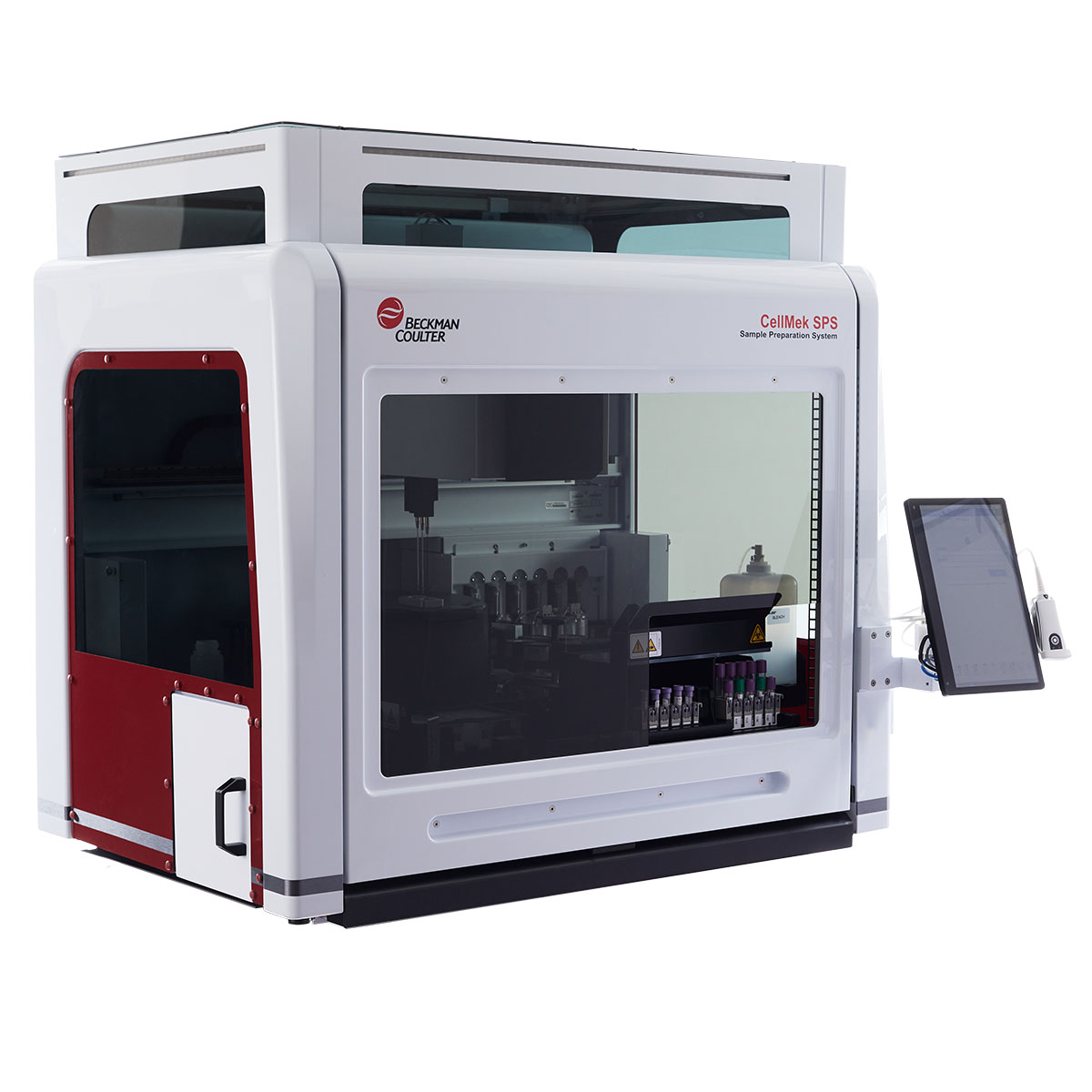CD39 Antibodies
The CD39 molecule, known as ectonucleoside triphosphate diphosphohydrolase-1 (ENTPD1), is a 70-100 kDa integral membrane glycoprotein with two transmembrane domains. It belongs to the family of the primary enzymes responsible for cell surface nucleotide hydrolysis, with ATPase and ADPase activity. CD39 antigen is expressed on activated lymphocytes, regulatory T cells, B cells, and dendritic cells. It is involved in control of the extracellular nucleoside triphosphate pool (NTP), suppression of inflammation and control of platelet activation. The coordinated expression of CD39/CD73 on Tregs and the adenosine A2A receptor on activated T effector cells generates immunosuppressive loops. In human studies, it has been reported that CD4+CD25-CD39+ T cells are T inducers.
| Clone: BA54 | Isotype: IgG1 Mouse |






